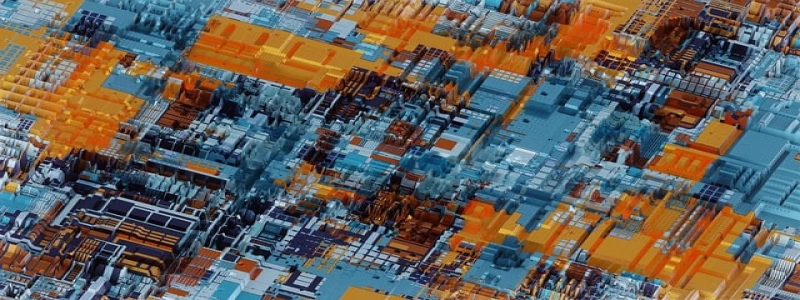Spool Fiber Optic Cable
Introduction:
Fiber optic cables have revolutionized the telecommunications industry by offering high-speed data transmission and superior signal quality. Among various types of fiber optic cables, the spool fiber optic cable stands out for its versatility and ease of installation. In this article, we will dive into the details of spool fiber optic cable, exploring its construction, features, advantages, and applications.
I. Construction of Spool Fiber Optic Cable:
A. Core: The core, also known as the optical fiber, is the central part of the cable. It is made of high-quality glass or plastic, enabling the transmission of light signals over long distances.
B. Cladding: Surrounding the core is a layer called cladding, made of a different material. This layer helps in confining the light within the core to minimize losses.
C. Coating: To protect the core and cladding from external damages, a coating is applied. The coating is typically made of durable materials such as polyethylene or nylon.
D. Strength Members: Spool fiber optic cables are designed with strength members, such as aramid yarn or fiberglass, to provide mechanical strength and protect the delicate optical fibers from tension or bending.
E. Outer Jacket: The outermost layer of the cable is the jacket, which is made of materials like PVC or LSZH (Low Smoke Zero Halogen). It adds an extra layer of protection against moisture, chemicals, and abrasions.
II. Features of Spool Fiber Optic Cable:
A. Flexibility: Spool fiber optic cables are highly flexible, allowing for easy installation in various environments, including tight spaces and complex routes.
B. Lightweight: Compared to traditional copper cables, spool fiber optic cables are lightweight, making them easier to handle and transport.
C. High Bandwidth: Spool fiber optic cables have a much higher bandwidth capacity than copper cables. This enables smooth and high-speed transmission of large volumes of data, including videos, voice calls, and internet browsing.
D. Immunity to Electromagnetic Interference: Since spool fiber optic cables transmit data through light signals, they are immune to electromagnetic interference that often affects copper cables. This results in a more reliable and stable communication network.
E. Long-distance Transmission: Spool fiber optic cables can transmit data over long distances without experiencing significant signal degradation, unlike copper cables which suffer from attenuation.
III. Advantages of Spool Fiber Optic Cable:
A. High Speed: Spool fiber optic cables offer lightning-fast data transmission speeds, making them perfect for applications that demand real-time communication, such as video conferencing and online gaming.
B. Enhanced Security: Unlike copper cables, fiber optic cables are difficult to tap into, providing a higher level of security. This makes them ideal for situations where data confidentiality is crucial, such as banking or military communications.
C. Scalability: Spool fiber optic cables support the future growth of data transmission needs due to their high bandwidth capacity. They can easily handle increasing demands without requiring significant infrastructure upgrades.
D. Durability: Spool fiber optic cables are highly resistant to environmental factors like temperature variations, moisture, and chemicals. This ensures a longer service life and minimizes maintenance requirements.
E. Cost-effectiveness: Although the initial cost of spool fiber optic cables may be higher than copper cables, their long-term benefits and lower maintenance costs make them a more cost-effective solution.
IV. Applications of Spool Fiber Optic Cable:
A. Telecommunications: Spool fiber optic cables form the backbone of modern communication networks, facilitating fast and reliable transmission of voice, data, and video signals.
B. Internet Connectivity: Fiber optic cables connect homes, businesses, and data centers to the internet, providing high-speed internet access and seamless browsing experiences.
C. Cable Television: Spool fiber optic cables enable the delivery of high-definition television channels, ensuring excellent picture quality and a wide range of entertainment options.
D. Industrial Networking: Fiber optic cables are widely used in industrial environments to connect various devices and sensors, enabling real-time monitoring and control in applications such as manufacturing and automation.
E. Healthcare: Spool fiber optic cables are employed in medical settings, supporting the transmission of medical images, patient data, and remote surgical procedures with utmost precision and reliability.
Conclusion:
Spool fiber optic cables offer a wide range of advantages, including high-speed data transmission, enhanced security, scalability, and durability. Their construction, flexibility, and immunity to electromagnetic interference make them a preferred choice for various applications in telecommunications, internet connectivity, cable television, industrial networking, and healthcare. As technology continues to advance, the demand for spool fiber optic cables will only continue to grow, revolutionizing communication and data transmission across the globe.







